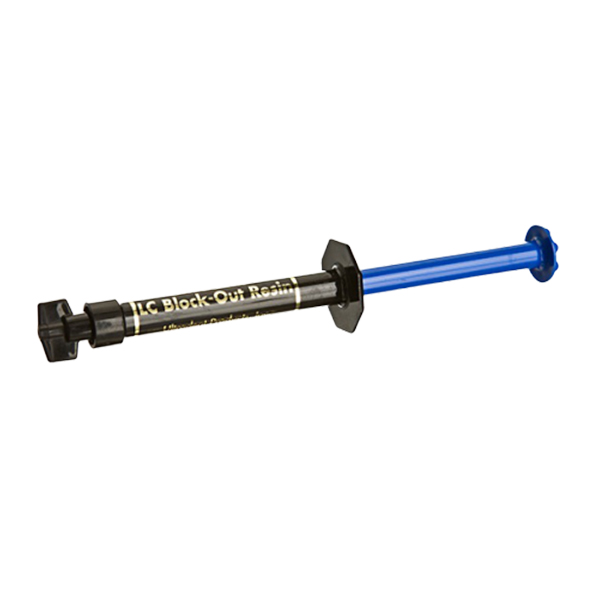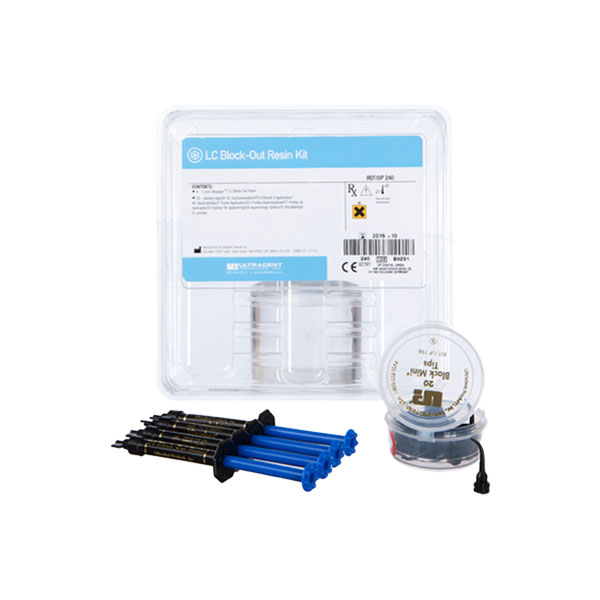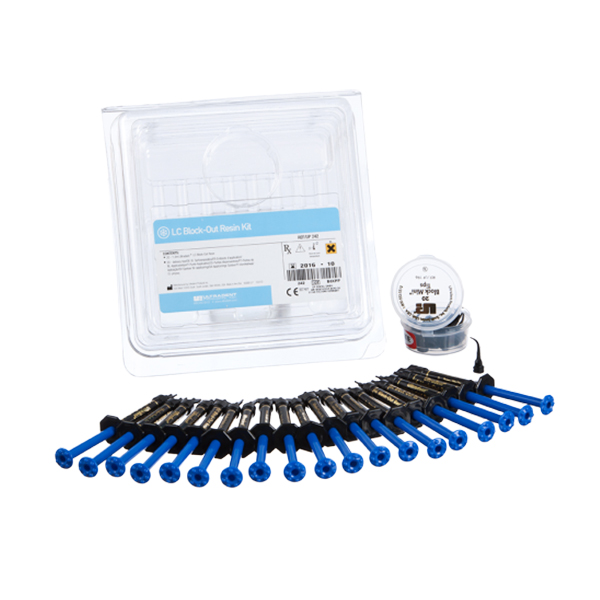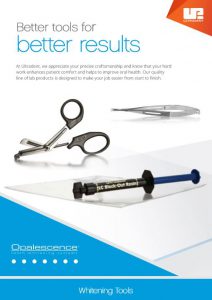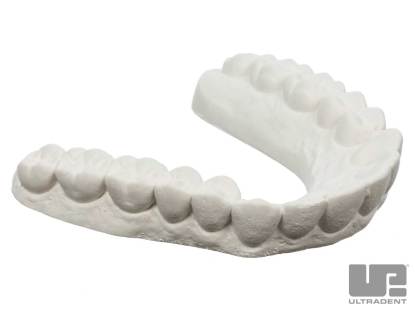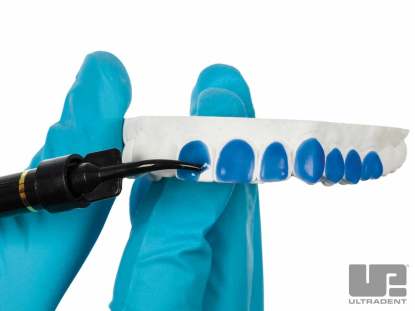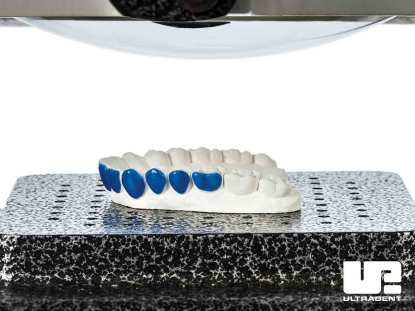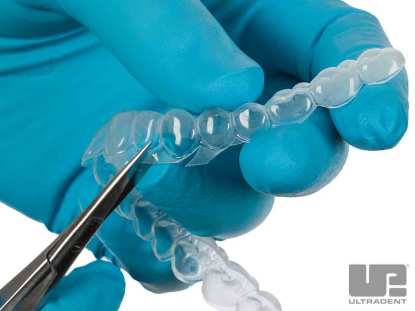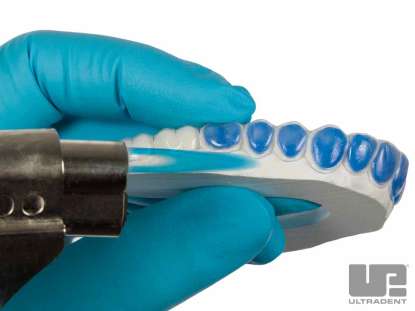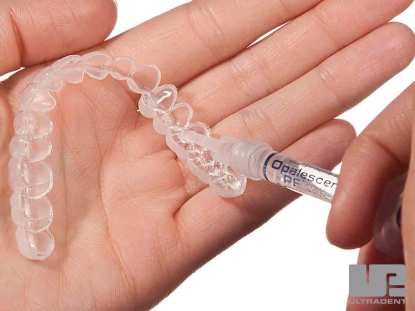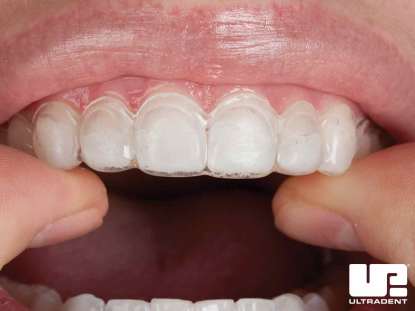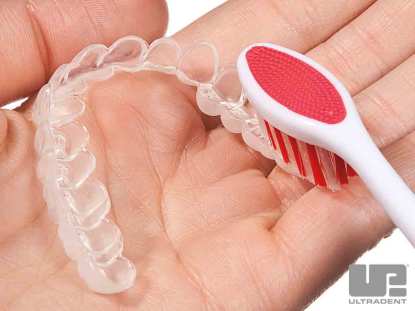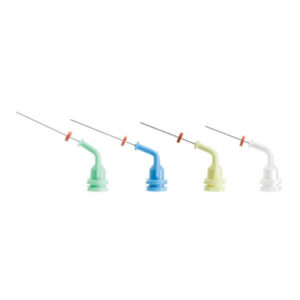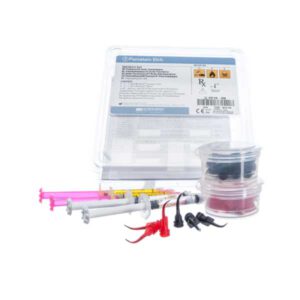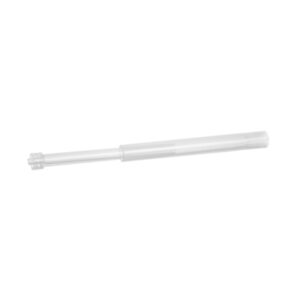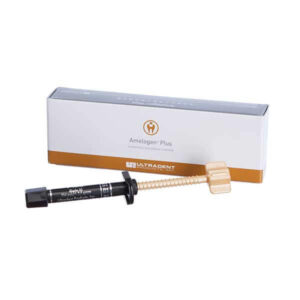Contents
- Kit
– 4 x 1.2 ml Ultradent LC Block-Out Resin syringes
– 20 x Black Mini tips - Econo Kit
– 20 x 1.2 ml Ultradent LC Block-Out Resin syringes
– 20 x Black Mini tips
Product Details
Ultradent LC Block-Out Resin provides reservoir space for bleaching trays. It’s also useful for other laboratory procedures such as model and die repairs. Ultradent LC Block-Out Resin can be rapidly and efficiently delivered with the Black Mini™ tip. It must be light cured and is not intended for intraoral use.
- Low viscosity for easy flow
- Blue pigment for easy visibility
- Great utility resin with numerous uses
Indications for Use
Ultradent LC Block-Out Resin is a viscous methacrylate-based utility resin used for creating reservoir space in bleaching trays. This light-cured material is delivered via syringe, and its blue color makes it easy to see for precise delivery.
Clinicals
Technical Details
Multipurpose Resin
Ultradent LC Block-Out Resin is ideal for creating reservoir space in whitening trays, but it can do so much more! Use it for lab procedures requiring spacing or undercut block out, and to repair small fractures or voids in laboratory models.
Ideal Viscosity
Placing a resin on a stone model requires that the resin not slump or migrate as the stone model is rotated. Ultradent LC Block-Out Resin features an ideal viscosity that prevents the resin from moving to areas where it’s not intended to go.
Easy to Use
Ultradent LC Block-Out Resin features a no-mix formula that is easily delivered via syringe, allowing for precise placement.
Procedures



